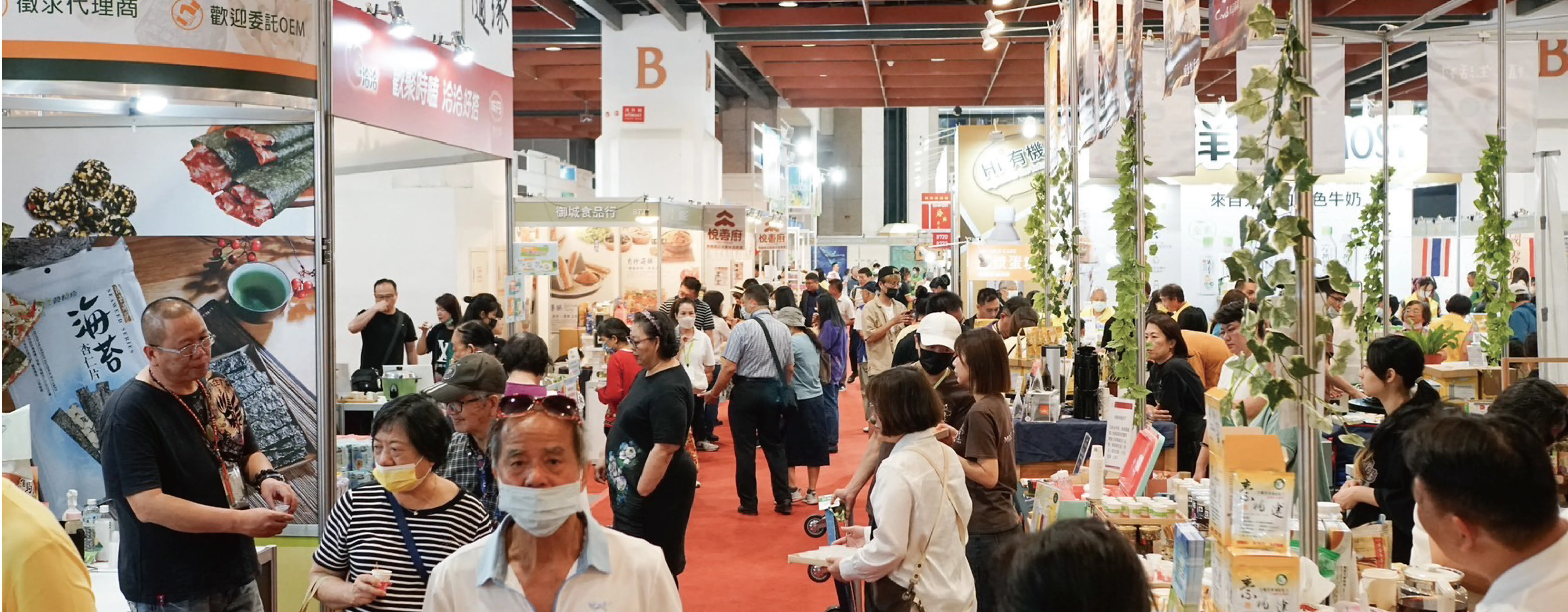


| 時代: | 南宋末元初時期 (西元1200-1300) |
| 出土地點: | 傳世品 |
| 尺寸: | 高度(含座):約73 cm 座長:約32 cm 座寬:約32 cm |
| 質地: | 銅鎏金 |
| 數量: | 1 |
髮冠為一片式天冠,高度較高、筆直向上延伸、非鏤空,天冠幾乎遮掩住髮髻,天冠中心有南紅瑪瑙,周圍以陰刻南宋末元初時期捲葉紋為飾,佛首臉部兩頰豐腴,線條圓潤,耳垂長過下顎,神態淡然安詳,眼瞼低垂呈思考狀,眉心中央有白毫,白毫上鑲崁南紅瑪瑙,鼻頭肉厚,具有蒙古人臉部特徵,唇微抿,嘴角若有若無的淺笑。
The headdress takes the form of a single-piece celestial crown that is tall, straight, and extends upward without openings. The crown almost obscures the topknot, and at its center lies a cabochon-cut carnelian. Engraved around the crown are curling leaf motifs characteristic of the late Southern Song to early Yuan period. The Buddha head features plump cheeks and rounded contours. The earlobes elongate past the jawline, and the expression is serene and tranquil. The eyelids are slightly lowered, as if in contemplation, and at the center of the eyebrow is a white dot encrusted with a carnelian. The nose is fleshed out, exhibiting Mongolian facial characteristics, and the lips are slightly pursed with a hint of a subtle smile.
此佛首銅胎外先上一層護胎紅漆再鎏金,明中期至清朝和近代,已無上護胎漆之作法,整件胎體有銅胎之氧化效應,胎體微重,也和現代較死沉的銅胎不同,鎏金色澤較偏暖黃色,是宋末元初時期標準的鎏金方式與銅胎。
The bronze core of this Buddha head is coated with a layer of protective red lacquer before being gilded. During the Ming Dynasty to the early Qing Dynasty and modern times, this method of protective lacquer application was no longer employed. The piece exhibits the oxidation effects typical of a bronze core, resulting in a slightly heavier body, unlike the more solid modern bronze cores. The gilded color leans toward a warm yellow hue, which conforms to the standard gilding technique and bronze core of the late Southern Song to early Yuan period.
此件底部鋸、砍痕跡有近500至600年的風化痕跡及夯土,佛首內部、切面有天然氧化的銅綠,佛首表面也有年代久遠之天然氧化銅綠,法像髮流、耳部有老夯土。綜合佛首特徵、切面風化程度以及老夯土特性,此件應為南宋末、元初時期大慈恩寺供奉之法像,後於明朝嘉靖年間,因嘉靖皇帝崇尚道教、排斥他教,毀大慈恩寺,遂因而佛首被鋸、掩埋,約於民國初年方出土後傳世。
The bottom of the piece displays sawing and chopping marks, as well as around 500 to 600 years of weathering and compacted soil. The interior and cross-section of the Buddha head display natural oxidation that manifests as copper green. The surface of the Buddha head also exhibits natural, age-old oxidation in a copper green hue. There are traces of old compacted soil around the hair flow and ear areas. Considering the distinctive features of the Buddha head, the level of weathering on the cross-section, and the characteristics of the old compacted soil, this piece is believed to have been a devotional image at the Daci'en Temple during the late Southern Song to early Yuan period. However, during the Jiajing reign of the Ming Dynasty, due to Emperor Jiajing's preference for Taoism and his aversion to other religions, including Buddhism, the Daci'en Temple was destroyed, leading to the burial and concealment of the Buddha head. It was subsequently unearthed around the early years of the Republic of China era.
